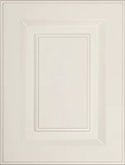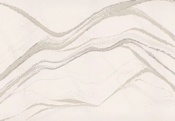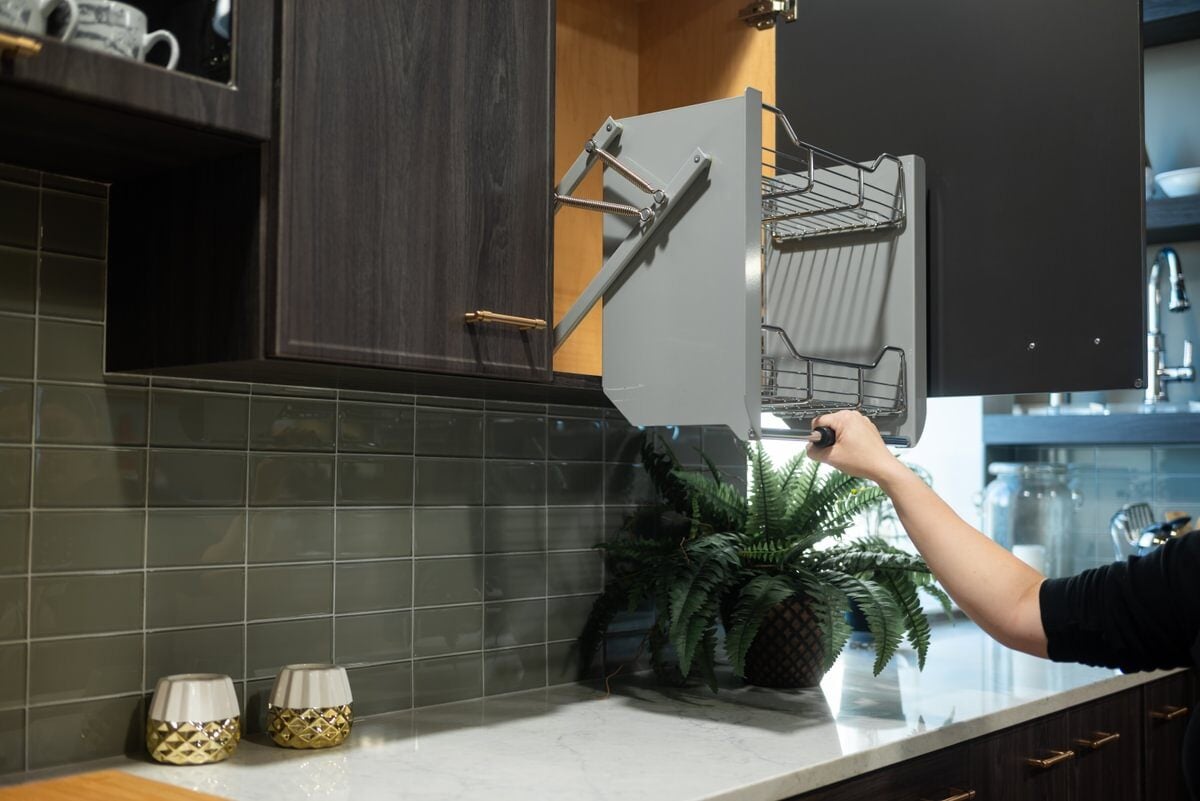When it comes to design terms, a bit of era-relevant, creative license should be expected. Thus, while the tenets of "traditional" design include things like ornate woodwork and cozy ambiance - the traditional kitchen of the 1990s looks quite different from the traditional kitchens we see on current home design shows.
Tenets of a Contemporary Traditional Design
As a result, things can get a bit confusing when trying to design a "traditional" kitchen in a way that tastefully integrates technological innovations and 21st century culture. If you're struggling to design a grandma-worthy kitchen, that doesn't actually look like it was taken out of grandma's design magazines, we have a checklist of sorts for you to run through.
Before we continue, it's important to mention that traditional kitchens are not the same as "Old World" or "Mediterranean" kitchens, both of which are design styles in their own right. The following checkpoints are all examples of how to feature and highlight traditional design styles in new ways.
Neutral shades still reign supreme
Color themes for traditional designs haven't changed all that much. Most traditionalists are innately aiming for that "timeless" design appeal, which means their basic color palette will include muted, neutral colors. Classic white kitchens are always trending, as are those that use creams, taupes, grays, greens and wood tones.
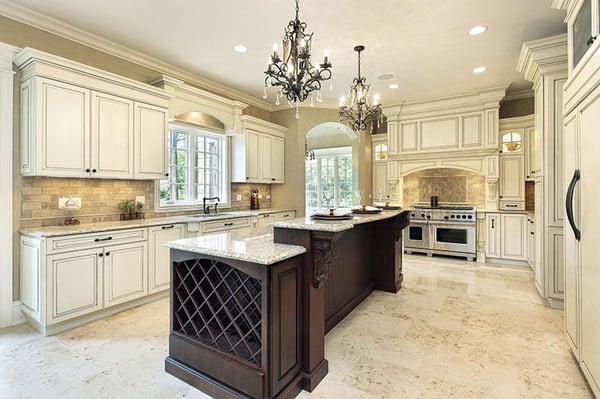
Feel free to be eclectic
Just because you're a traditionalist doesn't mean you have to shy away from eclectic features. In fact, that rustic antique door will look fantastic. An antique dresser-turned-wet-bar will look right at home and colorful glass tiles will add a little glamour and sheen to a mostly-neutral backdrop. Get a little funky and hang an overstated light fixture over the bar or your kitchen's eat-in area to add some unanticipated panache.
Read, 5 Eclectic Kitchen Concepts to Spark Your Creativity, for more ideas on features that add stylistic pizzazz to any kitchen.
Small design details matter big time
Under the traditional design umbrella lie all kinds of design details that have a big impact in a traditional kitchen. Look through the following list and see which ones make the most sense for your kitchen space:
- Glass front cabinets to display beautiful kitchenware and collectibles (also offering a great way to show off pops of color)
- Coffered ceilings (a beautiful way to add visual interest and a little height - particularly in smaller kitchen spaces)
- Furniture-style cabinetry, woodwork, and detailing
- Corbels, molding, beadboard, etc. (read, Top 8 Wood Detail Options for Traditional & Transitional Kitchens, for more along these lines)
These and other "small" design details have a remarkable effect on overall kitchen impact. They're the icing on the proverbial design cake, to be sure.
Don't forget to add texture
Texture is just as important to your kitchen design as color, balance and contrast. We often assume that traditional designs will inherently include texture since they're more apt to boast details and accents that add dimension and depth. However, if your "new" traditional kitchen design has sleeker-than-normal features (simple Shaker-style doors, slab countertops and sheet backsplashes, etc.), make it a point to include intentional texture.
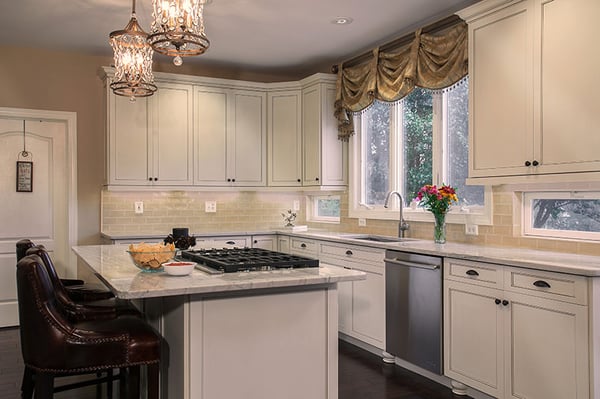
You can do this via:
- Texture-ful chairs and cushions
- Mixing wood finishes with painted ones
- Incorporating one or two raised panel doors with ornate details on specific cabinets
- Customizing the oven hood and hearth area
- Using cabinet glazing for a distressed or more sophisticated look (or to add warmth in an all-white kitchen)
Are you a New traditionalist yourself? Come and have a chat with the design team at Kitchen Magic and we'll help you create a kitchen that reflects your contemporary tastes with all the comforts associated with homey, traditional kitchen design.


